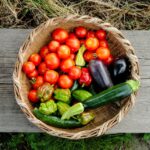We use cookies to make your experience better. To comply with the new e-Privacy directive, we need to ask for your consent to set the cookies. Learn more.
What To Do With Surplus Produce?
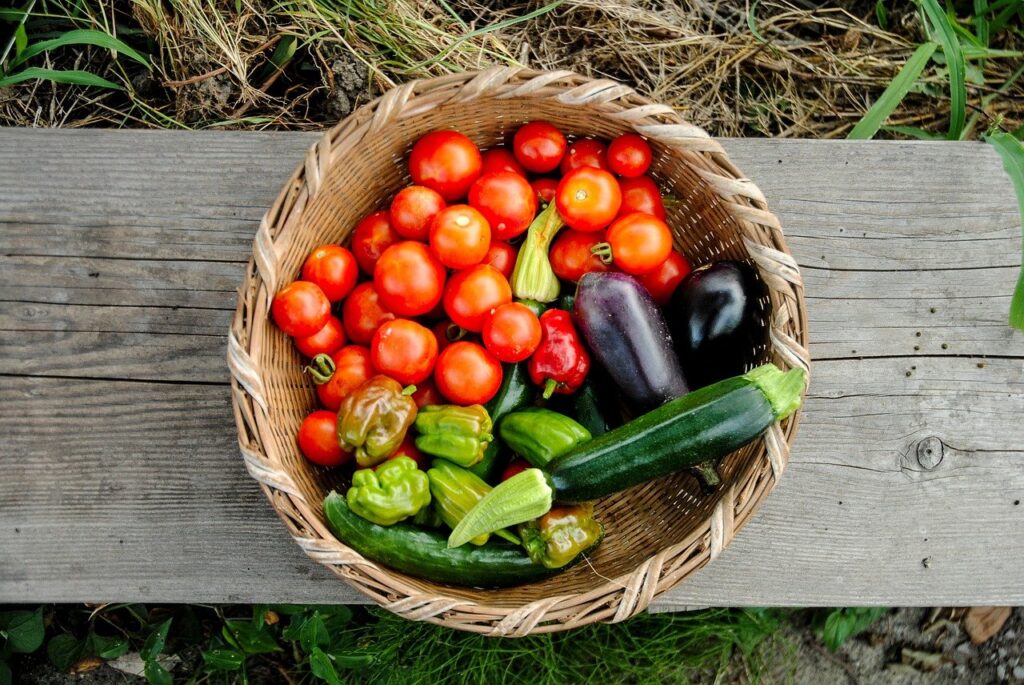
It's the time of year when many people can have a glut of produce in the garden. You may find you have a bumper crop of beans, courgettes, carrots, cabbage, onions or kohlrabi....well we have a few ideas of what you can do with your surplus produce. Fermentation is our favourite way of dealing with a glut of food and we have some tips and recipes for you here. We also offer some alternative options for preserving food over winter.
Fermentation
Fermentation is (quite literally) one of the oldest tricks in the book. Put simply, it is the utilisation of naturally occurring micro-organisms to transform the flavour and nutritional quality of foodstuffs. Significantly, it also works to preserve the resulting creation. These organisms take a range of forms - from the yeast species bubbling away in a sourdough to help transform wet flour into an airy and more digestible product, the cocktail of bacteria working away inside a rich yogurt or the mold nibbling away on a blue cheese. However, when it comes to vegetable preservation, it is probably the action of lactic acid forming bacteria (Lactobacillaceae) that is most useful (unless you're partial to country wines).
In preparation for fermenting, vegetables are usually shredded and then salted for a time to extract the liquid from them. They are then stuffed into a pot or large jar until submerged in their own juices. If there is not enough liquid to cover the vegetables, some brine can be added to top it up. A weight placed on top helps to keep pieces of vegetables from floating up above the liquid. The importance of keeping the vegetables submerged is that lactic acid forming bacteria thrive only in an environment with no air (anaerobic). When exposed to the air, less desirable organisms can inhabit the vegetables causing spoilage. Whilst sauerkraut is the best known form of this kind of fermentation, you can ferment pretty much any kind of vegetable and it's a process that is well worth experimenting with - we have a recipe for Basic Kimchi and also for fermenting green beans - both of which can be adapted to the produce of your choice.
What do you need?
You can start off fermenting food with just a glass jar if you have one about the house, or we have several products on offer that can also help get you started off fermenting and preserving your food.
Fermenting Recipes
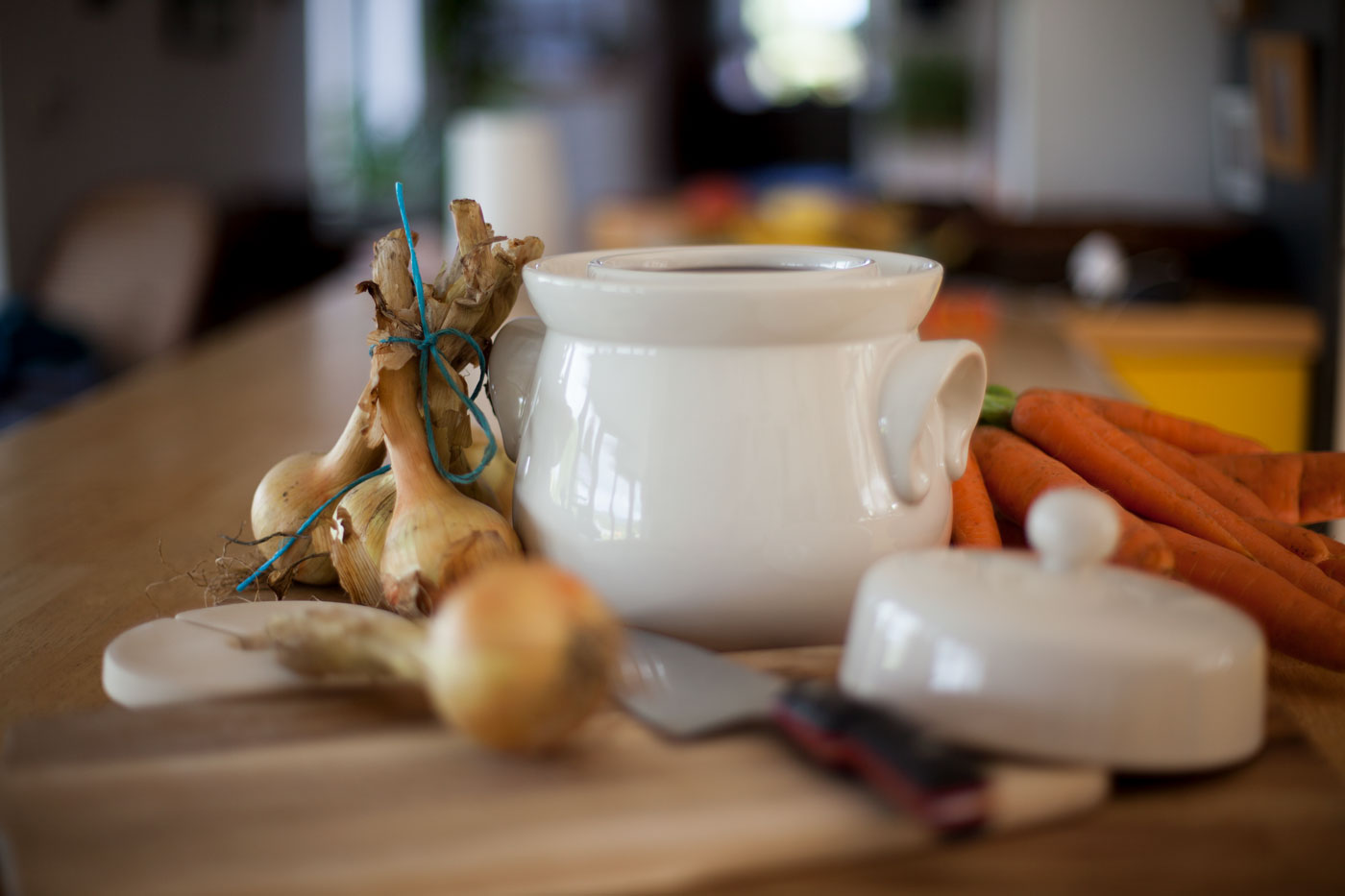
Kimchi - Basic Recipe
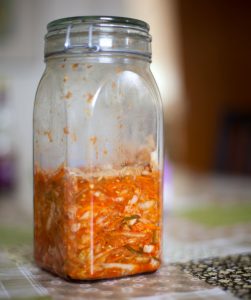
The winter cabbage is a while away from harvesting for sauerkraut. However, if you have a fermenting pot, or large jar, to put to use; there's plenty ready at this time to put together a version of the Korean staple Kimchi. Traditionally Kimchi was made and stored in big jars in the ground to be kept cool but not freeze in the winter, but the process works perfectly well in an Irish kitchen.
INGREDIENTS
- Chinese Cabbage
- Carrot
- Radish
- Spring Onion
- Garlic
- Ginger
- Chilli
DIRECTIONS
These are the typical base ingredients found in kimchi but any variation on this theme will have delicious results. The Chinese cabbage was massaged with some salt to sit overnight while the rest of the ingredients mixed with some chili powder to instill a bit of heat. Then everything was thrown in the general direction of a jar and allowed to sit for a few days before being moved to the fridge. Unlike sauerkraut, kimchi is often eaten soon after mixing (a few days) but the longer you leave it the more sharp and developed the flavour will be.
Fermented Green Beans
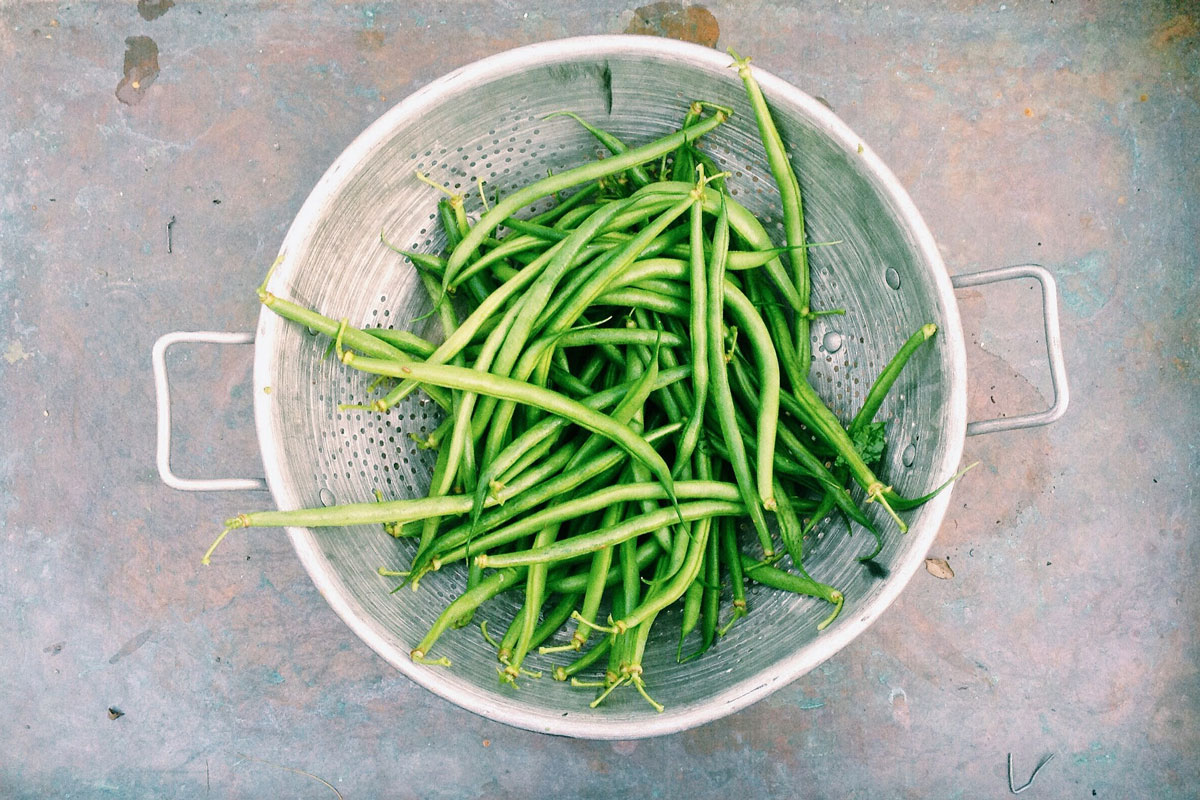
This is a nutritious way of preserving an excess of late summer green beans based on a recipe from the brilliant book 'Fermentation' by Daphne Lambert.
INGREDIENTS
- 1 teaspoon of chili flakes
- 1 teaspoon of mustard seeds
- 1 teaspoon of white peppercorns
- 1 teaspoon of coriander seeds
- 3 cloves of garlic peeled and sliced
- 450g of Green beans or string beans with tops removed.
- 2.25 liters of brine
DIRECTIONS
- Make the brine by combining 6 tablespoons of salt (use unrefined fine grain rock or sea salt) with 2.25 liters (4 pints) of water in a jar and stir until dissolved.
- Place the spices and garlic into the fermenting pot (or into Kilner / Mason jars if using)
- Place the beans in the pot pressed closely together.
- Cover the beans with the brine and place the stone weight on top
- leave in a warm place to ferment and check on them regularly for flavour and texture
- The beans should be ready to eat or store in a jar with a secure lid within 2 weeks
Alternatives to Fermenting
Dehydrating Produce
A dehydrator takes the moisture out of vegetables meaning you can store them overwinter. It is very good for tomatoes and mushrooms and seaweed.
Making Stock
You could use any surplus vegetables to make a basic vegetable stock using a juice extractor that you can store in the freezer and use over winter.

